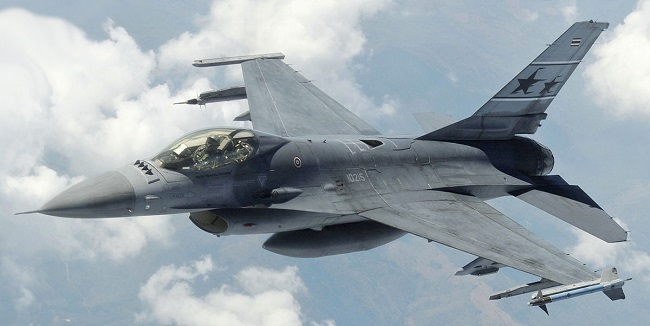
After two months of growing tensions, in the last few hours the new border crisis between Thailand and Cambodia – already at odds in 2008-2011 over unresolved border disputes – has escalated into a conflict with increasingly dramatic implications.
The escalation was triggered by an incident in recent days, when several Thai soldiers were seriously injured by the explosion of anti-personnel mines, banned by the 1997 Ottawa Convention. According to the authorities in Bangkok, the devices were deployed by Cambodian forces; the government in Phnom Penh disagrees, blaming Thai forces. The incident precipitated the situation, already tense due to the mutual recall of the two countries' ambassadors, culminating in a rapid and dangerous spiral of armed clashes and mutual accusations.
Since 24 July, diplomatic dialogue has given way to the use of force: Cambodian BM-21 rocket launchers fired around 100 rockets, hitting military positions but also a service station in Sisaket Province, causing a total of 12 deaths (all civilians, according to Thailand) and dozens of injuries. Bangkok responded by launching a raid with six F-16 fighter jets, claiming to have destroyed two enemy command centres. Both sides accuse each other of being the first to use heavy weapons, but neither denies having used them.
An explosive mix in a crisis that erupted after almost 15 years of relative “calm”. In 2008, a dispute dating back to 1962 over the monumental area of the Preah Vihear temples (dating back to the 11th-century Khmer Empire) had erupted into a low-intensity armed conflict that lasted three years, resolved in 2013 by a ruling of the International Court of Justice (ICJ), which confirmed Cambodian sovereignty over the disputed area, with the exception of a short stretch of hills.
Relations between Bangkok and Phnom Penh returned to normal, although never reaching a state of true détente. However, this precarious balance was shattered on 28 May, when a brief but intense firefight broke out between patrols from the two countries in the disputed area of Preah Vihear. The incident triggered a new spiral of tension that led to further armed clashes, with the Thai Navy claiming to have shot down four Cambodian UAVs, and direct confrontations between military personnel, in some cases even involving civilians and tourists in the area known as the “Emerald Triangle” (several other areas along the 820 km border drawn by the French during the colonial era are also disputed).
Furthermore, the attempt by Thai Prime Minister Paetongtarn Shinawatra (daughter of a controversial political leader overthrown in 2006 following a military coup) to mediate an agreement with Hun Sen, former Cambodian Prime Minister, President of the Senate and, for the past 40 years, the country's dominant figure, has been criticised as too “accommodating” towards the enemy. The military has never liked the Shinawatras, and the young Prime Minister was suspended last month by the Constitutional Court, as happened in 2014 to her aunt Yingluck Shinawatra, who was then removed by a new coup. This political crisis could cause the conflict with Cambodia to spiral out of control: in the meantime, several border villages have been evacuated, with troops from both sides pouring in, while China is trying to mediate.








